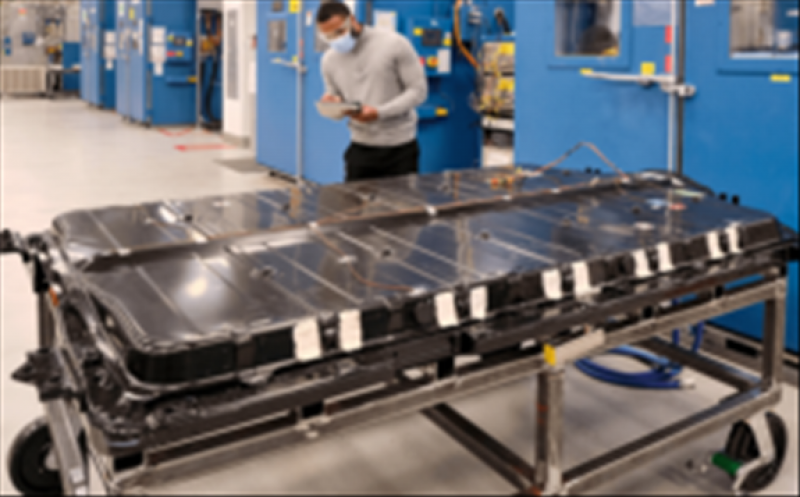General Motors has agreed a strategic investment and collaboration with Controlled Thermal Resources (CTR) to secure lithium from the US. The cooperation is intended to accelerate the introduction of lithium extraction methods that have a less harmful impact on the environment.

A significant portion of the future battery-grade lithium hydroxide and carbonate for GM will be extracted from geothermal brine from CTR’s Hell’s Kitchen project on California’s Salton Sea.
“Lithium is critical to battery production today and will only become more important as consumer adoption of EVs increases, and we accelerate towards our all-electric future,” said Doug Parks, GM executive vice president, global product development, purchasing and supply chain. He added: “By securing and localizing the lithium supply chain in the U.S., we’re helping ensure our ability to make powerful, affordable, high mileage EVs while also helping to mitigate environmental impact and bring more low-cost lithium to the market as a whole.”
The investment in CTR is part of the company’s planned $35 billion eMobility investment in electric and automated driving vehicles. CTR is expected to supply lithium from the Hell’s Kitchen project to GM from 2024, he said.
Together with LG Energy Solution, GM is already building a battery plant in northeast Ohio, and Ultium Cells, the joint venture of the two companies, is planning to build a second plant in Spring Hill in the US state of Tennessee. The opening of the 2.3 billion dollar factory is planned for 2023. The background to the battery initiative is that GM wants to completely abandon the internal combustion engine by 2035. As an interim step, the manufacturer is aiming for a total of 30 purely electric models worldwide by 2025 and e-car sales of 40 per cent.
The Biden administration supports such plans: As recently as June, the administration announced some immediate measures it will take to make the US more competitive in the battery sector. The package is a response to the analysis initiated by the White House on gaps in the national supply chains.
The US Department of Energy’s Loan Programs Office (LPO) also released guidance and a fact sheet to explain the various uses of the Advanced Technology Vehicles Manufacturing Loan Program (ATVM), which has about $17 billion in lending authority. The ATVM programme can provide loans to manufacturers of vehicle battery cells and packs to retrofit, expand or build their manufacturing facilities in the United States.
The other list of measures reads as follows: Manufacturers will only be able to benefit from the US Department of Energy’s science and energy programmes if they ensure that they manufacture their products substantially in the United States. In addition, the Federal Energy Management Program (FEMP), which is part of the Department of Energy, is launching a nationwide exploration of the potential of energy storage. In this context, there will also be a call for projects to implement energy storage projects.